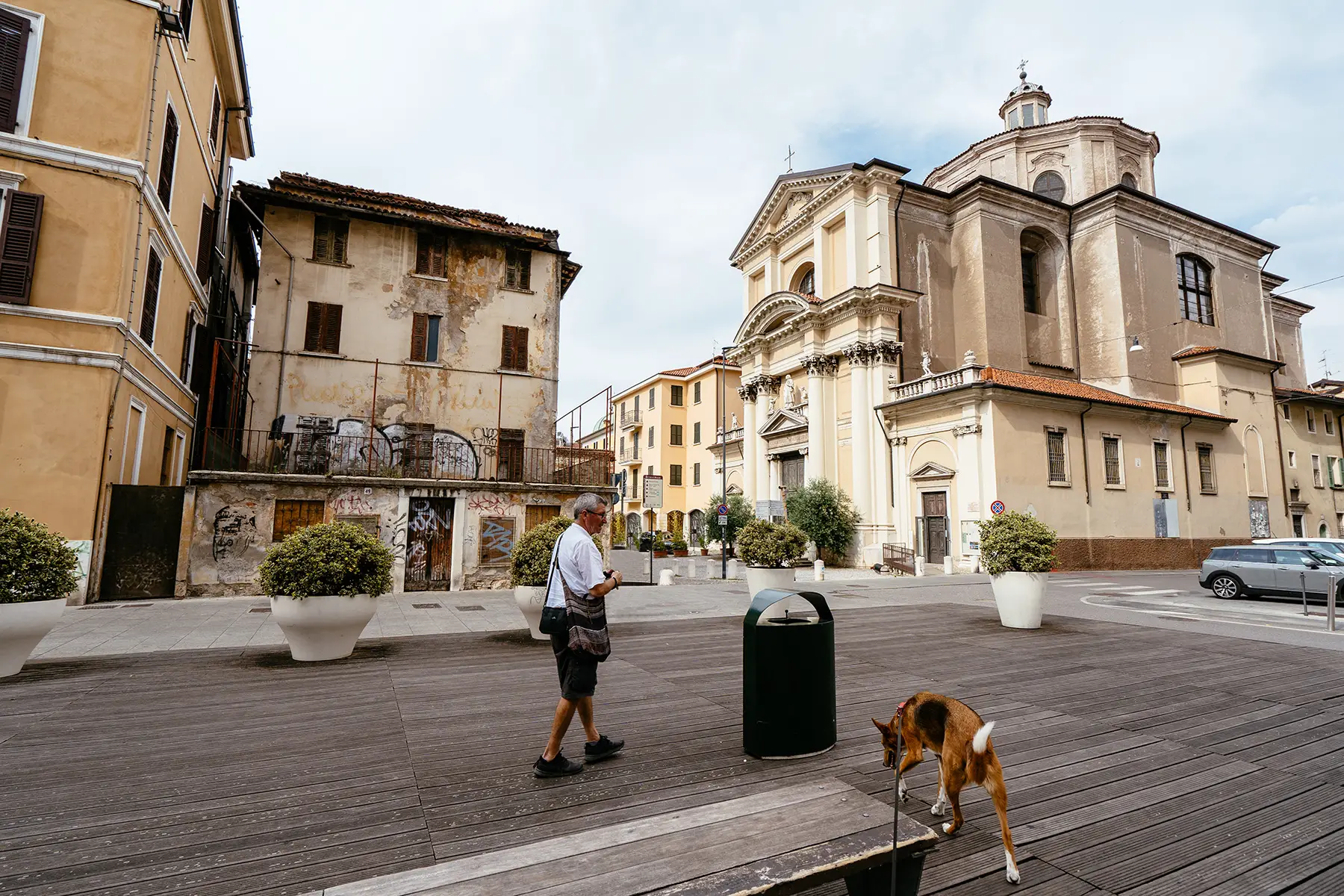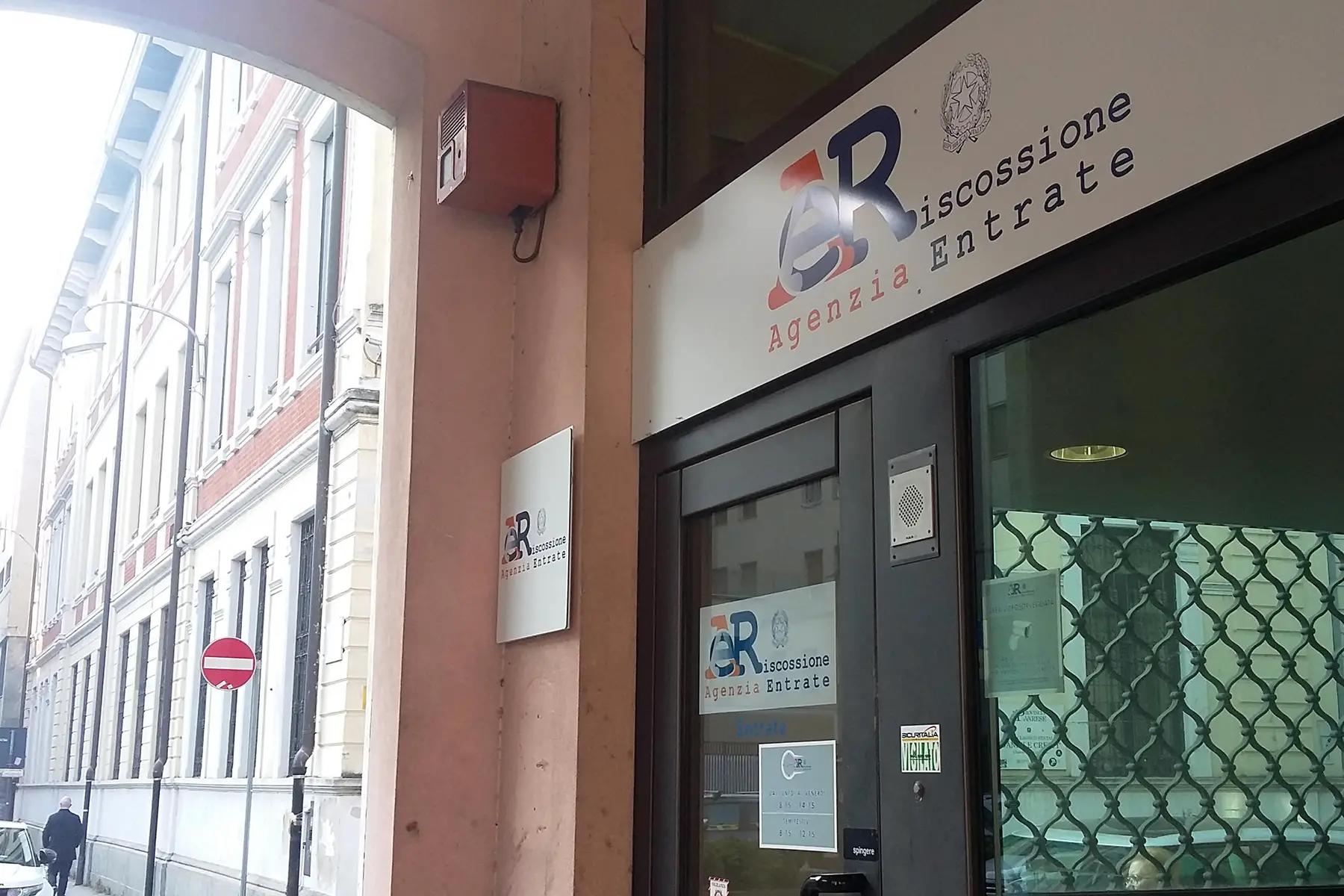If you’ve been working in Italy and are heading towards retirement, you’ll likely be considering how to access your pension. Unfortunately, Italy’s pension system can be complicated, with a maze of rules and calculations to navigate. In addition, politicians have recently been proposing overhauls as the country contends with the challenges associated with an aging population. These issues mean that the system isn’t always straightforward, and changes are often on the table.
The good news is that if you are retiring to Italy, you may be able to use the contributions you’ve made in your home country towards an Italian state pension. Below, you can find advice on the following:
Wise
Do your finances go beyond borders? Then you need a fast and secure way to move money internationally. Wise is a global leader in online international money transfers, letting you move money at an exchange rate several times cheaper than your bank. Whatever your personal or business needs, Wise can make your money go further.
The Italian pension system
Italy’s pension system comprises three pillars: the state pension, occupational pensions, and private pensions. It is well-established, having existed in some form since 1919. Historically, Italy’s state pension has been considered generous. According to one report, Italy offers one of Europe’s best schemes (in Spanish) in terms of pension income relative to average salary.

Because of the country’s aging population, Italy’s state pension scheme has come under strain, and many politicians are considering reforms. Data from the Organisation for Economic Co-operation and Development (OECD) shows over-65s make up nearly 40% of Italy’s population. This compares to an average of 30% in other OECD countries. Additionally, Italy spends just under 15.6% of its GDP on its public pension. This is more than double the 7.7% recorded elsewhere.
However, only minor changes were forthcoming in the 2023 budget. Most significantly, the government announced it would allow residents to claim a state pension after making 41 years (or 42 for men) of social security contributions, regardless of age. More wide-ranging reforms to Italy’s pension system have been delayed until at least 2024.
Pensions advice and support in Italy
It’s a good idea to take professional guidance to find out exactly how the rules apply to your specific situation. Your first step might be to find an English-speaking financial expert who can assist you on Italian pensions. Advisers such as SJB Global and Moving2Italy may be able to advise you.
Moving2Italy
When relocating to Italy, get expert help from Moving2Italy on taxes, work permits, and setting up a business. They also provide personalized support for immigration, social security, and residence, helping you navigate your new life abroad. For assistance with fiscal and immigration matters, contact Moving2Italy.
You can also seek advice from one of the following organizations:
- National Council of Accountants and Charted Accountants (Consiglio Nazionale Dottori Commercialisti e Esperti Contabili – CNDEC, link in Italian)
- Association of International Accountants (AIA)
- National Association of Financial Advisers (Associazione nazionale consulenti finanziari – ANASF, link in Italian)
Who is eligible for pensions in Italy?
Pension age in Italy
The standard pension age in Italy is 67. To qualify for a state pension (pensione di vecchiaia), you’ll need to have made at least 20 years of social security contributions. The pension age is set until at least 2026.
It can be possible to retire early and access a state pension as long as you’ve made at least 41 years and 10 months of contributions (42 years and 10 months for men).
Who can claim a state pension in Italy?
To claim a state pension, most workers must adhere to retirement ages and contribution rules and confirm that they have stopped working. As an international moving to Italy, you may be able to transfer some of your contributions from your home country to count towards an Italian state pension.
What happens if you are not eligible for a full pension?
Workers who don’t qualify for a full pension may be able to claim an old-age social assistance benefit (assegno sociale). This is available to people aged at least 67 who have lived in Italy for a minimum of 10 years. To qualify, you’ll need to be in a disadvantaged financial situation and have minimal annual earnings. For 2023, the standard payment (website in Italian) is €503.27, paid 13 times a year.

Italy also has a couple of other schemes which allow some workers to retire early. The early retirement allowance (Anticipo pensionistico – APE Sociale) is available to workers over 63. To qualify, you must be disabled, unemployed, a caregiver, or have exhausted unemployment benefits. In this case, you must have made 30 years of social security contributions.
However, people who have worked in a demanding profession may also retire early – after 36 years (in Italian) of social security contributions (32 if you worked in the building industry). This payment is made by the Italian Social Security Administration (Istituto Nazionale di Previdenza Sociale – INPS). This benefit was originally introduced as a temporary measure but will now run until at least 31 December 2023.
In addition, some female workers can benefit from a scheme called Opzione Donna. This program allows them to retire at 60 (59 with one child or 58 with two children) as long as they have accrued 35 years of contributions. Again, this scheme only applies to people in specific industries or situations. This includes caregivers, redundant workers, and disabled people.
Pensions in Italy for expats
If you don’t meet the minimum contribution requirements for an Italian state pension, you may be able to use the years you’ve worked in another European country to boost your entitlement. Italy has a bloc-wide social security agreement with other EU countries.

In addition, Italy has separate agreements with non-EU countries, including Australia and the United States. You can find the latest list of countries on the INPS website (in Italian). The specific terms of these agreements vary. If you’re planning on moving to Italy from a non-EU country, consider taking specialist advice on your pension options.
Transferring your pension to Italy
If you’re moving from another EU country, you can start the transfer process by applying to the INPS. The Italian authorities are responsible for forwarding your claim to your home country or previous country of residence. You’ll need to show documents such as your identification and pension statements, though the exact requirements can vary. The EU recommends allowing six months for the process to be completed. This is due to the complexities of combining pensions from different countries.
QROPS: transfer and consolidate your UK pension
Expats moving to Italy from the UK may be able to consolidate their pensions through a Qualified Recognized Overseas Pension Scheme (QROPS). The main benefit of QROPS is managing your retirement funds in one place and avoiding the dangers of currency fluctuations.
However, there can be some downsides to using a QROPS. These include setup and maintenance costs and the loss of benefits specific to the UK pension system. Consider seeking advice on your situation before making a transfer.
Italian pension rates and contributions
The Italian state pension is funded by social security contributions from workers and employers. In total, social security contributions in Italy amount to around 40% of the employee’s earnings. The employee puts in about 10%, and the employer 30%. Approximately a third of the overall contribution goes toward the state pension. The rest is split between social security funds (for example, unemployment, sickness, and maternity funds).
The calculation for how much state pension you’ll receive is complicated. The current method is based on contributions, what happens to Italy’s GDP over a rolling five-year period, and a ‘transformation coefficient‘ (PDF). The transformation coefficient is calculated based on the probabilities of death, leaving a spouse behind, and the amount of time a survivor’s pension would need to be paid. The coefficient varies depending on your age and is reviewed every two years. For 2023, the minimum monthly pension for people over 75 is €600.

Further complexities have been brought about by changes to how Italian pensions are calculated, which came into force in 2011. The changes mean many workers have their pensions calculated through a combination of two systems: the pay-based method and the contribution-based method.
The former is based on the average weekly pay received during your last years of work and social security contributions, multiplied by a cost of living ratio. The latter is based purely on contributions applied against the transformation coefficient.
Many retirees will have their pensions calculated using the pay-based method for the earlier years of their career and the contribution-based system for more recent years.
Tax on pension income in Italy
Retirees in Italy may be required to pay income tax (imposta sul reddito delle persone fisiche, IPREF) on their pension income. Pension income is taxed the same as employment income, though a tax credit is available. According to PwC, pensioners in Italy can get a tax credit of between €713 and €1,880. The exact amount depends on how much you earn in pension income.
Retirees moving to some parts of Italy can benefit from a reduced tax rate of 7% on foreign pension income. Eligible municipalities are those with a population of 20,000 or less in Abruzzo, Basilicata, Calabria, Campania, Puglia, Molise, Sardinia, or Sicily.
Supplementary pensions in Italy
Two other types of pensions are available to workers saving for retirement – occupational pensions and private pensions.
Occupational pensions, or ‘closed’ funds, aren’t as widespread in Italy as in some of its neighbouring countries. These are restricted to workers in specific industries and are sponsored by trade unions. Data from the Italian Pension Supervisory Committee (Commissione di Vigilanza sui Fondi Pensione – COVIP) shows that 3.4 million workers were signed up for contractual pension funds in 2021.
Private pensions are also available to individuals looking to supplement their retirement income in Italy, though they aren’t widely used. Private funds are often described as ‘open’ funds, which are offered by banks and insurance companies. Self-employed people may contribute to these types of funds instead of an occupational pension. According to COVIP, around 1.7 million workers had money in open funds at the end of 2021.
Other pensions in Italy
Survivor’s pension
When someone dies, a survivor’s pension may be available to the spouse or in some cases, the children of the deceased.
Survivor pensions (pensione di reversibilità) are payable if the deceased was receiving a state pension. The spouse usually receives 60% of this. If there is no spouse, the deceased’s children may be eligible. The amount payable depends on the number of children – 70% for one child, 80% for two children, or 100% for three children.
If the person who dies had made contributions but was not yet receiving a state pension, the family may be eligible for an indirect pension (pensione indiretta) on the same terms.
Disability pension
If you are declared permanently unable to work due to a disability, you may be entitled to a disability pension (Pensione di inabilità – link in Italian). To qualify, you’ll need to have made at least five years’ worth of social security contributions.

The amount you’ll be paid will be a combination of what you’d be due in incapacity benefit if you were temporarily unable to work plus the pension you would have received if you kept working until retirement age.
Applying for your Italian pension
You shouldn’t need to fill out a paper form to apply for the Italian state pension. Instead, the application process is conducted online or over the phone. The INPS website has a dedicated service where you can submit your application electronically.
To access the online service, you’ll need a login for the Public Digital Identity System (SPID), which is also used to file taxes. If you require help or want to apply over the phone, you can call 06 164 164 (from a mobile) or 803 164 (from a landline).
Once your application has been processed, you should receive your first payment on the first of the month following the date you reach retirement age.
Useful resources
- OECD – profile of the Italian Pension System
- INPS – Italian Social Security Administration
- Your Europe – EU advice on transferring pensions






